Vietnamese consumers learn to love western coffee brands
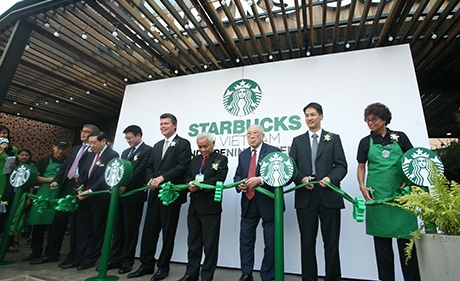
Proving Vietnam’s status as the coffee connoisseurs of Asia, new research from Mintel reveals that Vietnam is the leading innovator in “authentic’’ coffee - i.e. ground or whole bean, accounting for around a quarter (23 per cent) of all new products launched in this segment in Asia over the past two years. Indeed, this figure is four times the New Product Development (NPD) from China (accounting for 6 per cent) over the same period.
According to Jonny Forsyth, Mintel’s Global Drinks Analyst, in most markets, consumption of fresh rather than instant coffee is the real test for how developed a coffee market is because of its more complex taste, higher cup cost and less convenient format.
“However Vietnam is a little different in this regard, as it has long held a coffee culture and a sophisticated palate for coffee flavours. Indeed fresh coffee is available on almost every street corner in the entire nation. The litmus test then for Vietnam becomes the continued conversion of these customers to more modern, contemporary, international coffees,” he said.
Accounting for $127.33 million in 2008, the coffee market in Vietnam grew to an estimated $287.34 million in 2012 and Mintel forecasts this to grow even faster to $573.75 million by 2016. In terms of demand, in 2012, Vietnam accounted for a tenth (10.1 per cent) of all coffee launches in Asia Pacific according to Mintel’s Global New Products Database - ranking fourth behind the mature South Korean (15 per cent) and Japanese (13 per cent) markets, as well as India (11 per cent).
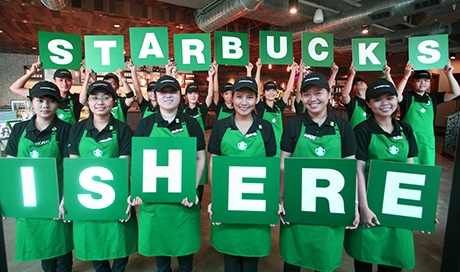
“As one of the world’s largest coffee producers, Vietnam’s demographic figures are highly attractive: it has a highly literate, young and well educated population of 89 million with a fast emerging middle class with a thirst for international brands. Indeed, the line-ups at the recent Starbucks opening in the nation attest to the latent demand the market carries for such introductions to the market,” Jonny added.
Across Asia, the focus to date has been on converting a tea drinking continent to coffee. However, while Vietnamese are big tea-drinkers, the challenge to the market is a little different. This is a nation which has been drinking coffee for decades. It has a particularly well-developed coffee shop industry and is the world’s second major coffee producer behind Brazil. Therefore, the challenge will be very different from in other markets: with western coffee chains needing to convince consumers of its authenticity and relevance as a provider of quality coffee and a satisfying in-store experience,” he said.
In terms of coffee consumption in Asia, it is Japan consuming the most - accounting for 2.90 kilogrammes per capita. South Korea follows with 2.42kg, Thailand with 1.95kg and Vietnam (1.15kg) and Malaysia (1.15kg) make up the remaining top five.
“While much of Asia is a blank slate from a coffee perspective, where consumers have had to be introduced to the concept, Vietnamese consumers are familiar with coffee and have their own established tastes and preferences. The key to large international coffee brands maintaining Asian success long-term will be striking the right balance between being flexible enough to lose a little control, while retaining the essence of what makes them such a successful global proposition in the first place,” Jonny concluded.
Headquartered in London, Mintel was founded in 1972 and its geographical reach has extended across the globe with offices in Shanghai, Kuala Lumpur, Singapore, Tokyo, Mumbai, Chicago, New York, Sao Paolo and Sydney.
For 40 years Mintel has led the way as a key partner of many of the world’s most successful companies. It provides clients with insights, inspiration and understanding of key market trends, consumer demand and competitor information.
What the stars mean:
★ Poor ★ ★ Promising ★★★ Good ★★★★ Very good ★★★★★ Exceptional
Related Contents
Latest News
More News
- E-commerce platforms help to spread agricultural value (April 25, 2024 | 07:30)
- Standard Chartered revises down Vietnam's 2024 GDP growth forecast to 6 per cent (April 24, 2024 | 15:04)
- Vincom Retail retains brand name following Vingroup divestment (April 24, 2024 | 15:00)
- Veterinary drugmakers seek time and cost-saving policies (April 24, 2024 | 11:36)
- Crucial small business arena to receive reduced CIT boost (April 24, 2024 | 11:12)
- Gaw Capital bets on “China plus one” opportunities in Vietnam (April 24, 2024 | 09:00)
- Softening demand to limit 2024 trade (April 24, 2024 | 08:00)
- FPT partners with NVIDIA to shape the future of AI and Cloud on global scale (April 23, 2024 | 18:07)
- Beverage giant SABECO thirsty for $190 million profit this year (April 23, 2024 | 17:47)
- US government hosts AI workshop in Ho Chi Minh City with key partners (April 23, 2024 | 15:09)



 Tag:
Tag:
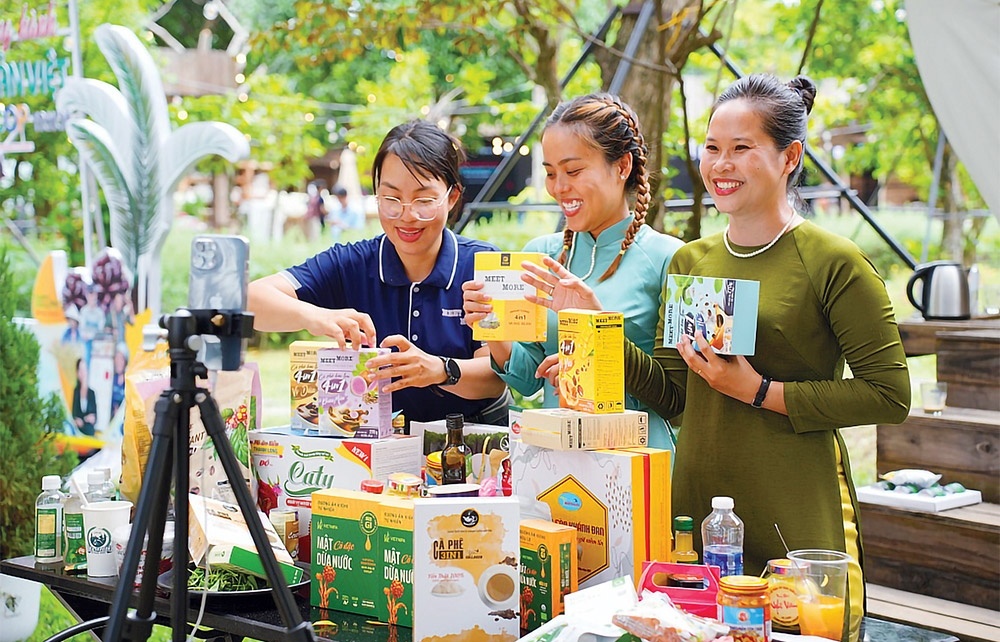
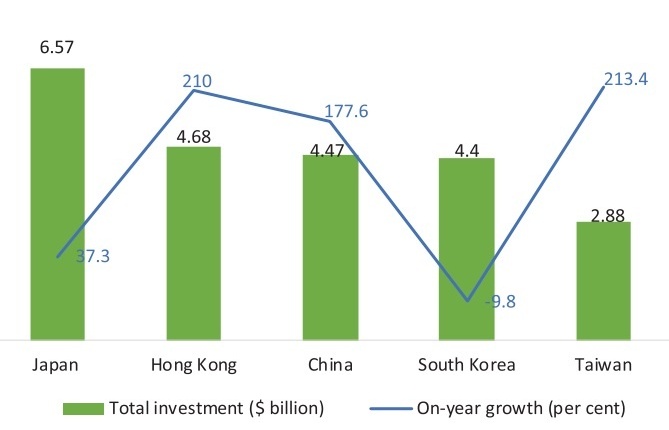


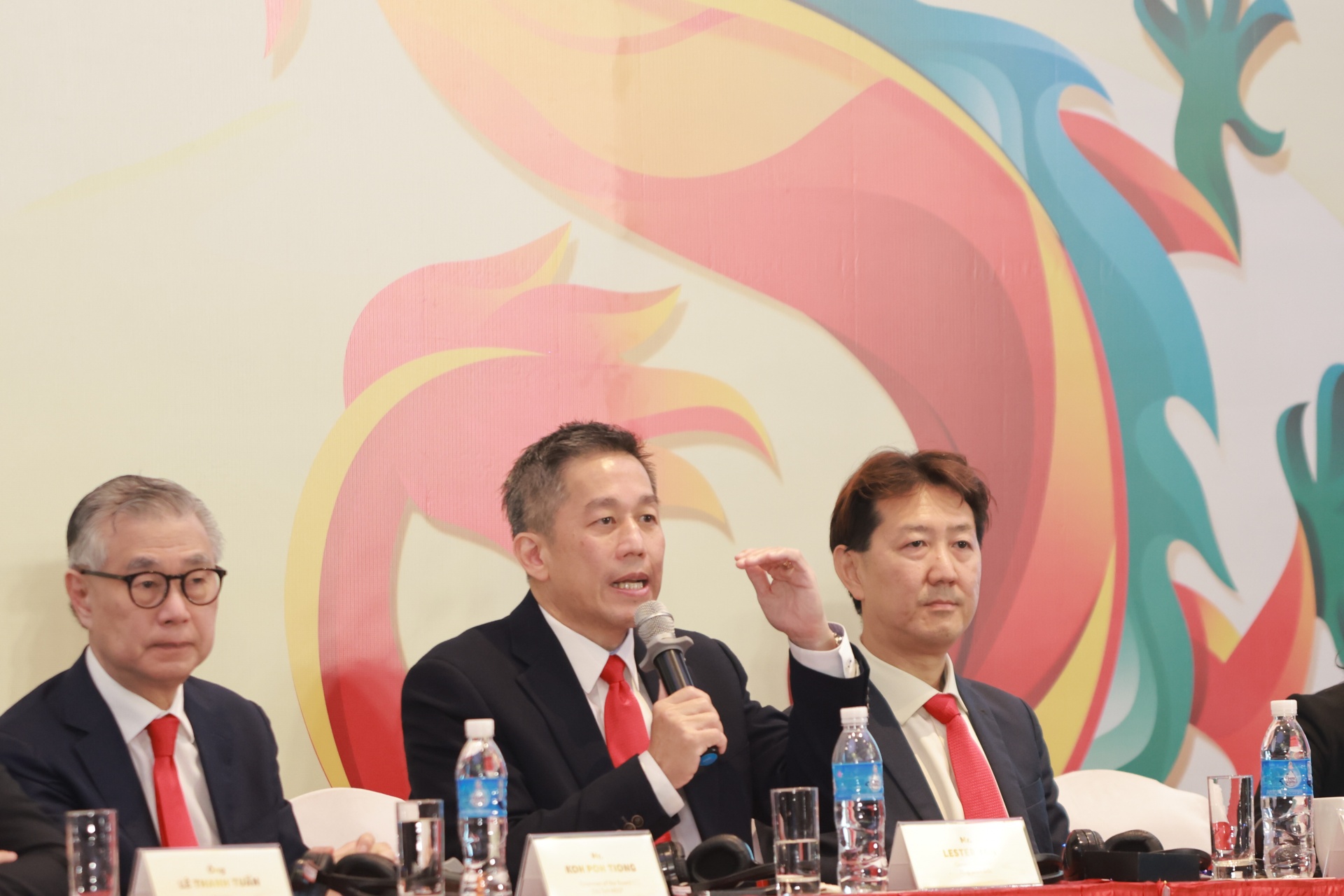

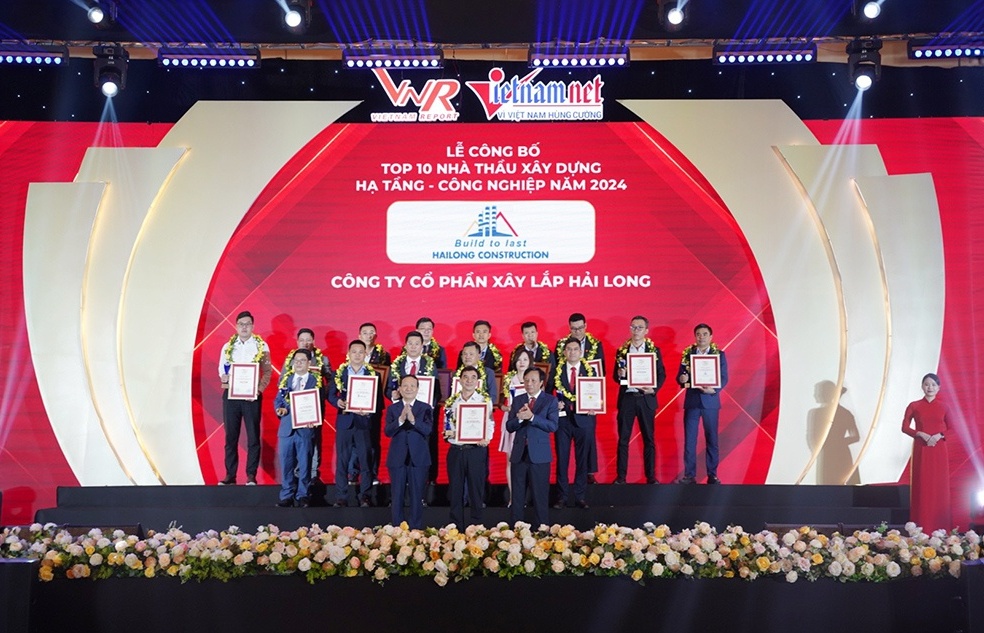







 Mobile Version
Mobile Version